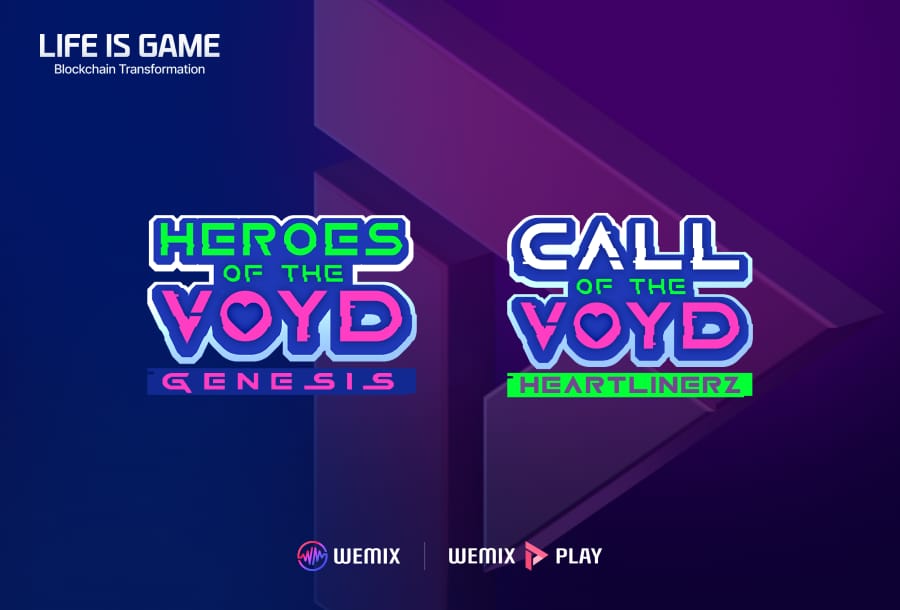Tether, the popular USDT stablecoin issuer, recently made headlines by burning as much as $3.1 billion of USDT on Wednesday.
The burn event was announced on Tether’s official Twitter account just moments before the event took place.
This move comes after weeks in which the company minted billions of dollars in USDT and Paolo Ardoino, Tether’s Chief Technology Officer, shed light on the reasons for this practice.
The USDT stablecoin burn and launch on the Kava network, all of Tether’s moves
According to Ardoino, the main purpose of minting new USDT tokens is to facilitate transactions involving the movement of tokens across different blockchain networks.
This process, known as “replenishment,” ensures that Tether has sufficient USDT available for such transfers. By minting new tokens, Tether can maintain liquidity and support the continuous transfer of assets between different blockchain networks.
In addition to the minting of new USDT tokens, Tether has been actively expanding its presence on different blockchain networks. One notable development is the launch of the USDT stablecoin on the Kava network.
Kava is a top-level blockchain that operates on top of the Cosmos network, also known as ATM.
By introducing USDT on the Kava network, Tether aims to further strengthen its position on multiple chains and provide users with greater accessibility and flexibility.
The importance of Kava and the presence of USDT on different blockchains
It is worth noting that Tether has already established its presence on several leading blockchain networks. These include Ethereum, Solana, Avalanche, Algorand, Polygon, and Near Protocol.
These integrations allow users to transact with USDT on these networks, facilitating interoperability between the chains and expanding the utility of the stablecoin.
Paolo Ardoino stressed the importance of the security track record of the Kava network in Tether’s decision to offer USDT on this particular blockchain.
He said that Kava has demonstrated a solid four-year history without any security issues, making it a reliable platform to safeguard the interests of USDT users.
Security and reliability are critical factors for any stablecoin issuer, and Tether’s choice to partner with Kava underscores the network’s credibility and robustness.
By embracing different blockchain networks, Tether intends to provide users with a wide range of options for transacting with USDT.
Integrating stablecoins on different chains facilitates liquidity, improves interoperability between chains, and supports the evolving needs of the cryptocurrency ecosystem.
Tether’s decision to burn $3.1 billion in USDT demonstrates its commitment to maintaining a balanced and stable stablecoin supply while adapting to market demands.
Tether burn represents commitment to stability for USDT
In addition, Tether’s decision to burn a substantial amount of USDT highlights its commitment to maintaining stability and mitigating any potential concerns about an oversupply of stablecoin.
By removing a significant portion of USDT from circulation, Tether aims to instill confidence in the market and secure the value of the remaining tokens.
The burning of USDT also has implications for the broader cryptocurrency market. As one of the most widely used stable coins, Tether plays a crucial role in facilitating trading activities and providing liquidity to various digital asset platforms.
Reducing the supply of USDT through burning could potentially impact trading volumes and price stability in the market.
In addition, Tether’s strategic expansion to different blockchain networks is a response to the growing demand for interoperability and cross-chain transactions.
Each supported network offers a unique set of features, capabilities and user base, enabling Tether to reach a wider audience and facilitate seamless transactions across multiple ecosystems.
However, as Tether continues to mint and burn USDT tokens, it is essential that the company maintain transparency and ensure adequate audits to address any concerns about stablecoin provision and support.
The cryptocurrency industry has faced transparency audits in the past, and stablecoins, in particular, must maintain the highest standards to maintain user trust.
Conclusions
In conclusion, Tether’s burning of USDT worth $3.1 billion, along with ongoing minting activities and expansion to various blockchain networks, underscores its commitment to liquidity, stability, and adaptability.
By strategically adjusting its offerings, Tether aims to support seamless cross-chain transactions and meet the evolving needs of the cryptocurrency ecosystem.
As the industry continues to embrace interoperability, Tether’s efforts contribute to the overall growth and maturation of the digital asset market.
However, it is critical that Tether maintains transparency and robust auditing practices to ensure the trust of its users.







